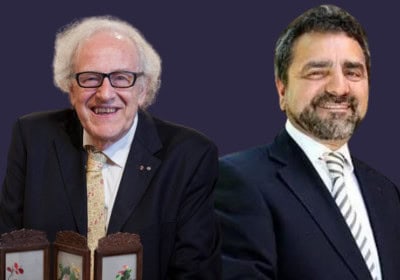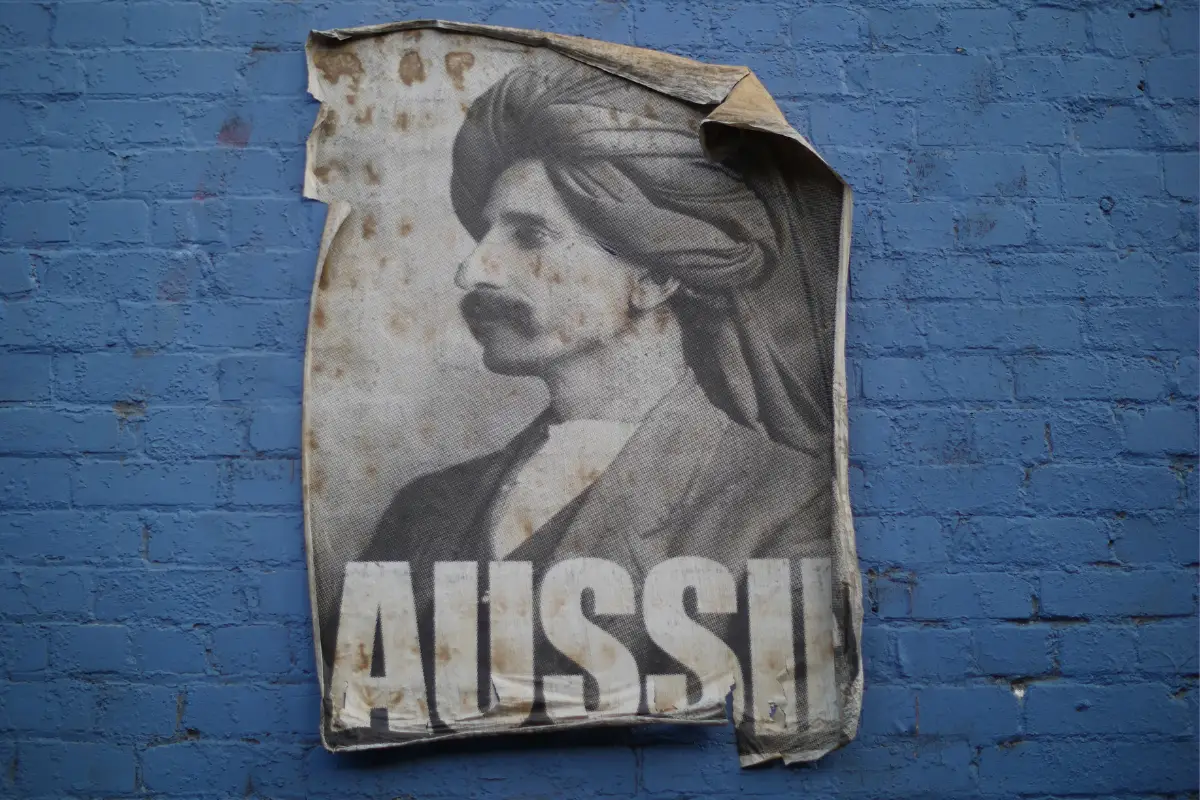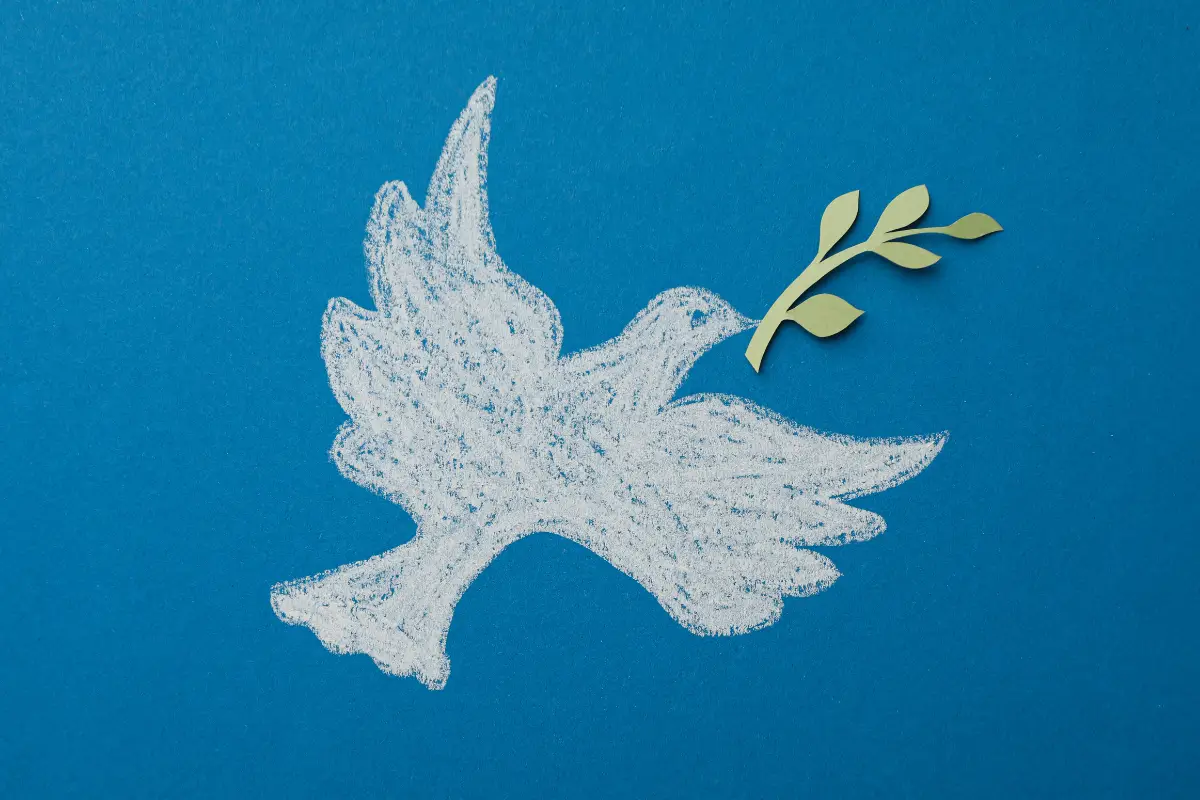
A life in pots & vases
The red figure pottery produced in the Greek settlements of southern Italy and Sicily during the fifth and fourth centuries BCE was far from uniformly exquisite but it provides a wealth of information about life in that period. Though he affectionately called some of the vases “little horrors”, A D (Dale) Trendall devoted sixty years of his life to studying this pottery, classifying it for the first time by date, style, school and painter. His work vastly expanded our knowledge of the art and society of the immigrant Greeks and local people of the region in that era.
One of the foremost classical art historians of the twentieth century, New Zealand-born Trendall – Professor of Greek and Archaeology at the University of Sydney from 1939 to 1954 – is among leading Australian scholars who have significantly advanced our understanding of Ancient Greek culture.
Trendall pioneered the study of southern Italian vase painting, becoming the leading international authority on this prolific craft. The 20,000-plus pieces, which he tracked down in museums and private collections around the world, depict scenes based upon myth and everyday life – including theatre, which played such a key part in Greek society.
From little horrors to the major stage
Among the numerous books he produced, classifying the pottery for the first time by date, style, school and painter, was Illustrations of Greek Drama, co-authored with the English scholar T B L Webster in 1971. Trendall’s work in this particular aspect of vase painting influenced later scholars such as Richard Green, a leading expert on the archaeology of Greek drama, who in 1995 initiated excavations of the ancient theatre at Nea Paphos, the capital of Cyprus during the Hellenistic and Roman periods.
The University of Sydney dig, which continues today in what was once a major trading port, has revealed that the theatre held more than 8500 spectators at its peak. It was used for performance and entertainment for more than 650 years.
Challenging the long-standing Athens-centric focus of Greek drama studies, Green’s colleagues – notably Peter Wilson, Eric Csapo and Sebastiana Nervegna – have uncovered how Greece’s theatre culture spread as far afield as Africa, the Black Sea and Asia Minor much earlier than was previously recognised.
When Nea Paphos was founded in the late fourth century BCE, the theatre was one of the first public buildings constructed, illustrating its important function in forging a new common cultural identity in the Hellenistic world.
Windows to antiquity
The red figure vases, studied by Trendall, meanwhile, offer a window into many aspects of Greek and local society in southern Italy, including economy and trade, warfare and burial customs, costumes, jewellery and armour, and religious and mythological beliefs, thereby enriching the scholarship of historians of that region and period.
His study of the pottery provided a foundation for later discussions of Greek art and society during the fourth and fifth centuries BCE, and prompted a proliferation of new research by academics internationally, including in Australia. Trendall himself travelled extensively throughout his life, locating pottery scattered across the world in order to examine it firsthand.
These Australian researchers have furnished rich new insights into Classical Greece, a civilisation that has fundamentally shaped Western traditions of philosophy and culture. Greek drama, in particular, continues to resonate down the millennia, its enduring popularity demonstrated by the recent surge of modern translations and adaptations. The tragedies in particular pose big questions, including about democracy, that are highly relevant to society today.



